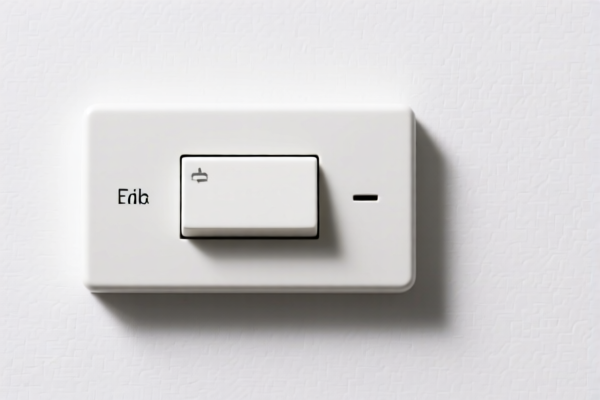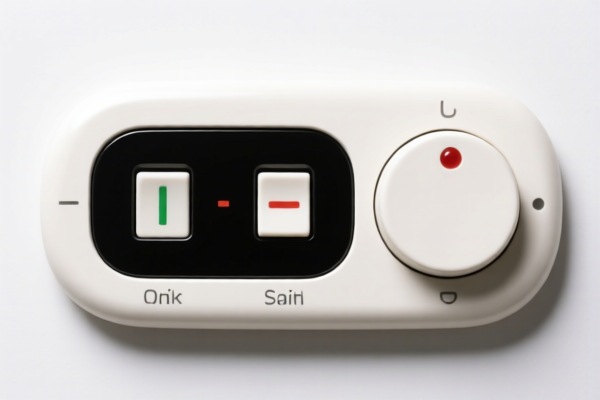| HS Code | Official Doc | Tariff Rate | Origin | Destination | Effective Date |
|---|---|---|---|---|---|
| 8536509065 | Doc | 55.0% | CN | US | 2025-05-12 |
| 8536698000 | Doc | 57.7% | CN | US | 2025-05-12 |
| 8537109170 | Doc | 57.7% | CN | US | 2025-05-12 |
| 8537109160 | Doc | 57.7% | CN | US | 2025-05-12 |
| 8535908060 | Doc | 57.7% | CN | US | 2025-05-12 |
| 8535904000 | Doc | 57.7% | CN | US | 2025-05-12 |
| 8538908160 | Doc | 58.5% | CN | US | 2025-05-12 |
| 8538906000 | Doc | 58.5% | CN | US | 2025-05-12 |
| 8548000000 | Doc | 55.0% | CN | US | 2025-05-12 |
| 8310000000 | Doc | 55.0% | CN | US | 2025-05-12 |
| 8304000000 | Doc | 33.9% | CN | US | 2025-05-12 |
| 8304000000 | Doc | 33.9% | CN | US | 2025-05-12 |
| 9107004040 | Doc | 15¢ each + 4% + 2.5¢/jewel+55.0% | CN | US | 2025-05-12 |
| 9107008000 | Doc | 45¢ each + 6.4% + 2.5¢/jewel+55.0% | CN | US | 2025-05-12 |
| 3926301000 | Doc | 44.0% | CN | US | 2025-05-12 |
| 3926909989 | Doc | 42.8% | CN | US | 2025-05-12 |
| 3916905000 | Doc | 60.8% | CN | US | 2025-05-12 |
| 3916903000 | Doc | 61.5% | CN | US | 2025-05-12 |




Switch Knob
A switch knob is a mechanical component used to operate an electrical switch. It provides a user interface for controlling various functions by manipulating a rotating or push-pull action.
Material
Switch knobs are commonly manufactured from the following materials:
- Plastic: Bakelite, nylon, polycarbonate, and ABS plastic are frequently used due to their cost-effectiveness, durability, and moldability.
- Metal: Aluminum, stainless steel, brass, and chrome-plated metals offer a premium feel, increased durability, and aesthetic appeal. Often used in high-end or automotive applications.
- Wood: Less common, but utilized for decorative or vintage applications.
Purpose
The primary purpose of a switch knob is to provide a convenient and tactile means of controlling electrical circuits. They translate human input into a signal that activates or deactivates a switch.
Function
Switch knobs function by mechanically interacting with a switch mechanism. Common functions include:
- Rotary Switching: Rotating the knob changes the electrical connection, selecting between different circuits or settings (e.g., volume control, channel selection).
- Push-Pull Switching: Pulling or pushing the knob activates or deactivates a function (e.g., light switch, power switch).
- Multi-Position Switching: Some knobs offer multiple discrete positions, each corresponding to a different setting or function.
Usage Scenarios
Switch knobs are found in a wide range of applications:
- Automotive: Controlling headlights, windshield wipers, radio volume, climate control.
- Audio Equipment: Volume control, source selection, tuning.
- Lighting: Controlling lamps, chandeliers, and dimmer switches.
- Industrial Equipment: Controlling machinery, power supplies, and process controls.
- Household Appliances: Controlling fans, blenders, and other electrical devices.
- Electronics: Various control functions in radios, televisions, and other devices.
Common Types
- Rotary Knobs: The most common type, offering a circular motion for continuous or stepped adjustments. Variations include:
- D-Shaft Knobs: Fit onto D-shaped shafts.
- Spline Knobs: Fit onto shafts with splines for a secure connection.
- Set Screw Knobs: Secured to the shaft with a small set screw.
- Push-Pull Knobs: Used for on/off or momentary switching.
- Toggle Knobs: Combine a knob with a toggle switch action.
- Dimmer Knobs: Specifically designed for controlling the brightness of lights.
- Indexed Knobs: Feature markings or detents to indicate specific settings or positions.
- Pointer Knobs: Include a pointer to indicate the selected setting on a scale.
Based on the provided information, switch knobs can be classified under several HS codes, depending on their material and specific application. Here's a breakdown:
-
8536509065: This code covers electrical apparatus for switching or protecting electrical circuits, or for making connections to or in electrical circuits (for example, switches, relays, fuses, surge suppressors, plugs, sockets, lamp-holders and other connectors, junction boxes), for a voltage not exceeding 1,000 V; connectors for optical fibers, optical fiber bundles or cables: Other switches: Other: Other. If the switch knob is part of a switch assembly falling under this category, this HS code may be applicable. The total tax rate is 55.0% (0.0% base tariff, 25.0% additional tariff, and 30.0% additional tariff post-April 2, 2025).
-
3926301000: This code covers other articles of plastics and articles of other materials of headings 3901 to 3914: Fittings for furniture, coachwork or the like: Handles and knobs. If the switch knob is made of plastic and is a fitting for furniture or coachwork, this HS code is relevant. The total tax rate is 44.0% (6.5% base tariff and 7.5% additional tariff, increasing to 30.0% post-April 2, 2025).
-
3926909989: This code covers other articles of plastics and articles of other materials of headings 3901 to 3914: Other: Other. If the switch knob is made of plastic and doesn't fall into more specific categories within this heading, this HS code may be applicable. The total tax rate is 42.8% (5.3% base tariff and 7.5% additional tariff, increasing to 30.0% post-April 2, 2025).
It is important to determine the material composition of the switch knob to accurately classify it under the appropriate HS code. If the knob is part of a larger electrical assembly, HS code 8536509065 should be considered. If it is a standalone plastic component, HS codes 3926301000 or 3926909989 are more likely to be applicable.
Customer Reviews
No reviews yet.